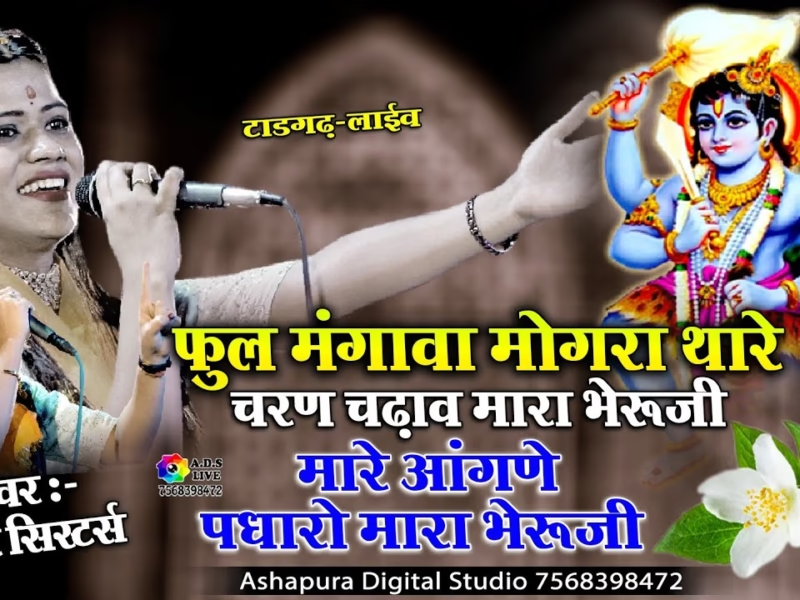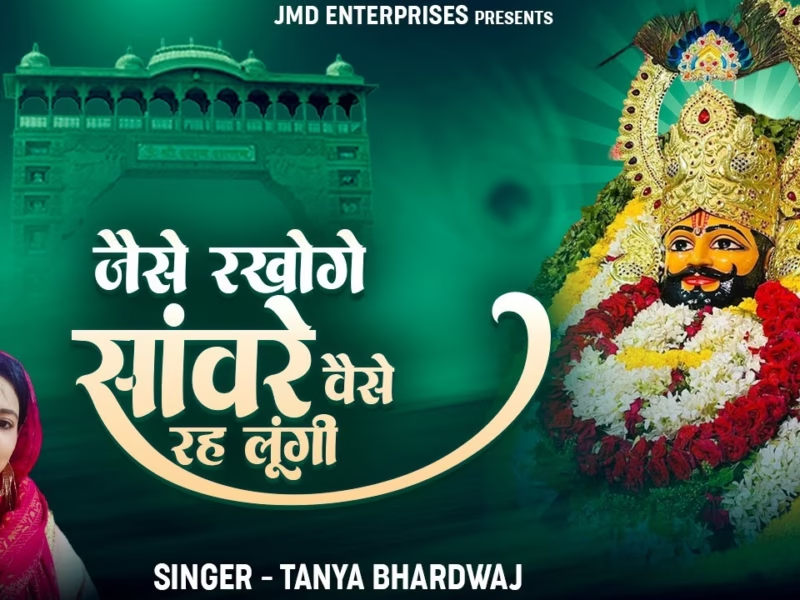Contents
- 1 The Vedas: The Oldest Sacred Texts
- 2 The Upanishads: Philosophical Treatises
- 3 The Bhagavad Gita: The Song of the Divine
- 4 The Ramayana: The Epic of Lord Rama
- 5 The Mahabharata: The Great Indian Epic
- 6 The Puranas: Mythological Narratives
- 7 The Smritis: Codes of Conduct
- 8 The Agamas and Tantras: Ritualistic Texts
- 9 The Dharma Shastras: Legal and Ethical Texts
- 10 The Aranyakas and Brahmanas: Ritual and Sacrifice
- 11 The Upavedas: Auxiliary Disciplines
- 12 The Itihasas: Historical Epics
- 13 The Darshanas: Schools of Philosophy
- 14 The Stotras: Devotional Hymns
- 15 Conclusion
- 16 FAQs
Hinduism, one of the oldest religions in the world, is rich in traditions, beliefs, and philosophical concepts. At the core of Hinduism are its sacred texts, which serve as the foundation for spiritual teachings, moral values, and rituals. These ancient scriptures, written in various languages and spanning thousands of years, provide profound insights into the nature of reality, human existence, and the paths to spiritual enlightenment. In this article, we will explore the sacred texts of Hinduism and their significance in shaping the religious and cultural landscape of the Indian subcontinent.
The Vedas: The Oldest Sacred Texts
The Vedas are the oldest and most authoritative scriptures of Hinduism. Composed in Sanskrit, the language of ancient India, they are considered divine revelations and are believed to be eternal. The Vedas consist of four main collections: Rigveda, Samaveda, Yajurveda, and Atharvaveda. Each Veda contains hymns, rituals, and prayers dedicated to various deities. They provide insights into ancient Indian society, religious practices, and the pursuit of knowledge.
The Upanishads: Philosophical Treatises
The Upanishads form the philosophical essence of Hinduism. They are mystical and speculative texts that explore profound questions about the nature of reality, the self, and the ultimate truth (Brahman). The Upanishads emphasize the importance of spiritual knowledge (Jnana) and meditation (Dhyana) in attaining liberation (Moksha). These texts are considered a bridge between the ritualistic teachings of the Vedas and the practical wisdom of the Bhagavad Gita.
Among the 108 Upanishads, the below are considered topmost :
- Isa
- Kena
- katha
- Prasna
- Mundaka
- Mandukya
- Taittiriya
- Aitareya
- Chandogya
- Brihad-aranyaka
- Svetasvatara
The Bhagavad Gita: The Song of the Divine
The Bhagavad Gita is a revered scripture that holds a central place in Hindu philosophy. It is a part of the Indian epic Mahabharata and consists of a conversation between Prince Arjuna and Lord Krishna, who serves as his charioteer and spiritual guide. The Gita explores complex moral dilemmas, the nature of duty, and the paths to spiritual realization. It offers practical guidance on how to live a righteous life and attain self-realization while fulfilling one’s worldly responsibilities.
The Ramayana: The Epic of Lord Rama
The Ramayana is an ancient Indian epic that narrates the life and adventures of Lord Rama, an incarnation of Lord Vishnu. Composed by the sage Valmiki, it presents a compelling story of heroism, devotion, and the triumph of good over evil. The Ramayana serves as a moral guide, illustrating the qualities of an ideal ruler, a devoted spouse, and a righteous individual. It continues to inspire people with its timeless teachings on loyalty, righteousness, and the power of divine love.
The Mahabharata: The Great Indian Epic
The Mahabharata is a monumental epic that encompasses various philosophical, ethical, and social dilemmas faced by its characters. At its core is the Kurukshetra War, a great battle between two branches of a royal family, the Pandavas, and the Kauravas. The epic contains the Bhagavad Gita and explores complex themes such as duty, righteousness, moral choices, and the consequences of actions. The Mahabharata is not only a gripping narrative but also a profound philosophical treatise.
The Puranas: Mythological Narratives
The Puranas are a collection of mythological texts that recount the stories of gods, goddesses, and divine incarnations. These texts provide a comprehensive understanding of Hindu mythology, cosmology, and genealogy. The Puranas also emphasize the importance of devotion and describe various rituals and festivals associated with different deities. They serve as a source of inspiration and moral teachings for the devotees of Hinduism.
There are 18 Maha Puranas (Great Puranas) and 18 Upa Puranas (Minor Puranas), with over 400,000 verses.
The Smritis: Codes of Conduct
The Smritis are legal and ethical texts that provide guidelines for righteous living. They encompass various aspects of human life, including social, family, and personal conduct. The most well-known Smritis are the Manusmriti (Laws of Manu) and the Dharmashastra of Yajnavalkya. These texts outline the duties and responsibilities of individuals belonging to different castes and stages of life. The Smritis continue to influence Hindu social and legal systems.
The Agamas and Tantras: Ritualistic Texts
The Agamas and Tantras are texts that provide detailed instructions for rituals, temple worship, and meditation practices. They explore the symbolism and metaphysics behind the worship of deities and the construction of sacred spaces. These texts offer insights into the mystical aspects of Hindu rituals and the esoteric practices followed by specific sects and lineages.
The Dharma Shastras: Legal and Ethical Texts
The Dharma Shastras are texts that lay down legal and ethical principles for society. They cover a wide range of topics, including civil law, criminal law, property rights, and social responsibilities. The most well-known Dharma Shastra is the Arthashastra, written by the ancient Indian scholar Kautilya (also known as Chanakya). These texts provide a framework for a just and harmonious society.
The Aranyakas and Brahmanas: Ritual and Sacrifice
The Aranyakas and Brahmanas are texts associated with the ritualistic aspects of the Vedas. They provide detailed explanations and interpretations of the rituals and sacrifices described in the Vedas. These texts were intended for the forest-dwelling hermits and contained symbolic and philosophical meanings behind the rituals.
The Upavedas: Auxiliary Disciplines
The Upavedas are four auxiliary disciplines associated with the Vedas. They include Ayurveda (medicine), Dhanurveda (military science), Gandharvaveda (performing arts), and Sthapata Veda (architecture). These texts explore specialized knowledge and skills in their respective fields and provide insights into the holistic understanding of human existence.
The Itihasas: Historical Epics
The Itihasas, which include the Mahabharata and the Ramayana, are historical epics that blend mythology, philosophy, and human history. They present grand narratives of significant events and the lives of extraordinary individuals. These epics provide valuable lessons on morality, righteousness, and the eternal struggle between good and evil.
The Darshanas: Schools of Philosophy
The Darshanas are a set of philosophical texts that explore different schools of thought within Hinduism. They present various perspectives on metaphysics, ethics, and the nature of reality. The six classical schools of philosophy are Nyaya, Vaisheshika, Samkhya, Yoga, Purva Mimamsa, and Uttara Mimamsa (Vedanta). Each school offers unique insights into the nature of existence and the path to self-realization.
The Stotras: Devotional Hymns
The Stotras are devotional hymns composed in praise of different deities. These poetic compositions express deep devotion, gratitude, and reverence toward the divine. Stotras are commonly recited or sung during religious ceremonies and personal worship. They evoke a sense of spiritual connection and facilitate a deeper understanding of the divine qualities.
Conclusion
The sacred texts of Hinduism form a vast and diverse literary heritage that reflects the richness and complexity of the religion. They provide a comprehensive understanding of Hindu philosophy, rituals, mythology, and moral teachings. These texts have shaped the religious and cultural fabric of the Indian subcontinent for centuries, inspiring generations of followers to seek spiritual enlightenment and live righteous lives.
In a world where ancient traditions blend with modernity, sacred texts continue to be a source of wisdom and guidance for millions of Hindus around the globe.
FAQs
Yes, there are numerous English translations available for the sacred texts of Hinduism, allowing a wider audience to access and study their teachings.
Yes, the sacred texts are accessible to all individuals interested in exploring Hindu philosophy, spirituality, and cultural heritage.
Absolutely. The teachings and principles found in these texts offer timeless wisdom and guidance that can be applied to contemporary life.
While the texts themselves are highly revered, interpretations and understandings may vary among different individuals and schools of thought.
By studying and reflecting upon the teachings, individuals can apply the principles of righteousness, compassion, and self-realization in their thoughts, words, and actions.











